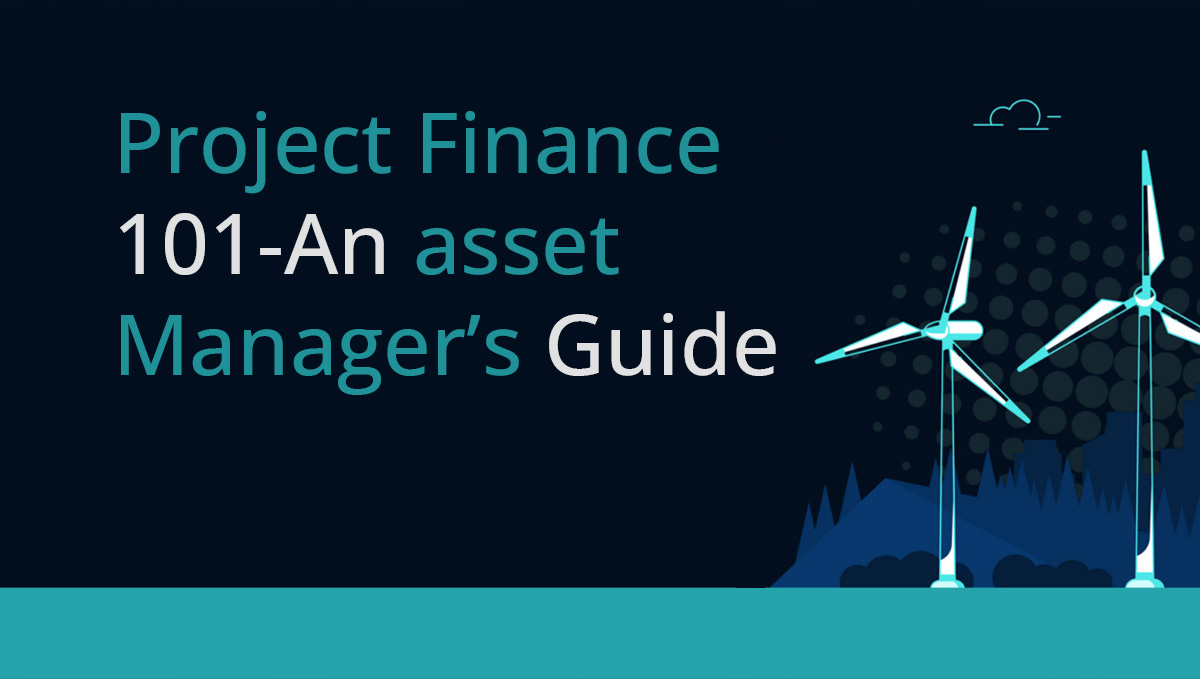What is an audit?
An audit is simply an objective examination of an organisation’s financial statements to make sure that the records are a fair and accurate representation. Auditing is a well-known accounting practice that has seen a lot of growth in the past years, driven by advances in the application of technology, and as a result, professionals are now focusing more on the data, quality, and client service of the audit process. Generally, there are three main steps to an external audit after the auditor has been hired. We unpick these three steps to explore where audits are going and, in the future, will we need them at all?
Stage 1 – Audit Program
The first stage is the audit program, where the auditor will gain insight to the organisation’s activities. Blockchain is a technology that has the potential radically change this stage in the process, as it changes the way record-keeping is done including the way transactions are initiated, processed, authorized, recorded, and reported. Erich Braun, Audit partner at KPMG has stated “The reason why blockchain is starting to gain attention is understandable. There is an exploding amount of transactional data that accounting systems need to capture and as those systems strain under the weight, blockchain seeks to become a new tool to enable businesses to process and record transactions more efficiently.”
Stage 2 – Evidence Gathering
The second stage is evidence gathering which involves obtaining evidence to confirm compliance and accounting policies or verifying assets purchased. If only there was a way to execute near real-time settlements, provide a distributed irreversible ledger and implement censorship restraint. Blockchain steps into the breach once again as its ledger can log more than just transactional information. It can also be used to add a layer of accountability, tracing back to individuals who were responsible for each transaction. This begs the question that if companies’ implemented a blockchain ledger and built their procedures around it, would there be any need to audit the financials? Maybe, maybe not. But coupled with emerging artificial intelligence (AI) technology the combined solution could make the auditor redundant or at least diminish the auditor’s role significantly. Last year in an interview, a partner at an American accountancy firm explained just how AI could be implemented for auditing. “This software platform uses AI and various control points (benchmarks) to analyze the transactions in the general ledger and then puts those transactions into buckets: high risk, medium risk, or low risk. Previously, we would manually sample at random to figure out which transactions to review, which was less effective. AI is absolutely more comprehensive; it alerts us when things don’t look right and tells us where to start and where our risk is going to be. It shows the risk at the transaction level.”
Stage 3 – Reporting
The last stage in the audit process is reporting. This happens when the investigation is over, and results are concluded. The findings must line up with the organizations own statements to be approved. While the auditor’s day-to-day number crunching and accounting might be replaced by automated systems, there will still be a need to engage with clients, present at meetings, and be the face of the company. This stage of the audit process is not replaceable. Reporting and drawing the conclusions on the data, unearthed during the audit, takes judgement and analysis, something that is best left in the hands of the human for the time being.
Summary
Audits are not going away any time soon. What we can expect is for simplistic businesses, like renewable energy assets that trade is defined markets, have very repeatable costs, little if no staff, a low level of competition and no brands to speak of to protect or intangible value on the balance sheet to write down, to avail of a high degree of automated audits. The benefit should be a cost reduction for asset managers in preparing for, paying for and responding to audits. With the right platforms the need for an audit may be waived and replaced by more regular controlled information. These opportunities will come for those who are now planning to take the necessary steps to structure and control their digital financial data in preparation for more advanced technology to be layered on top. Failure to do so will be a point of competitive disadvantage in time.








